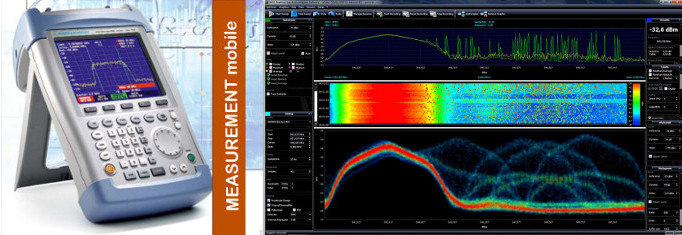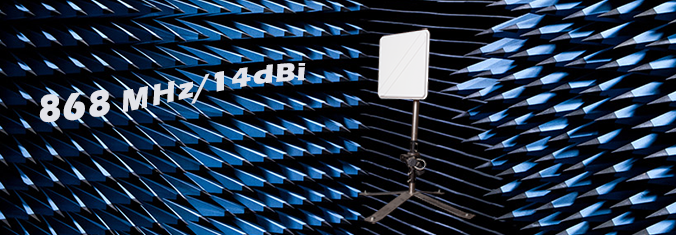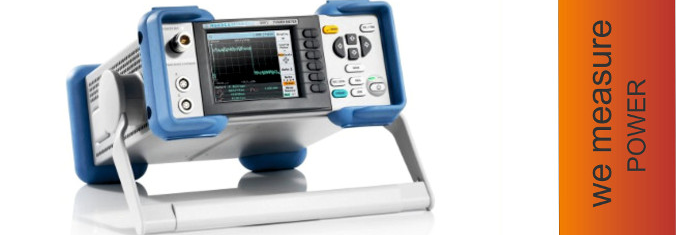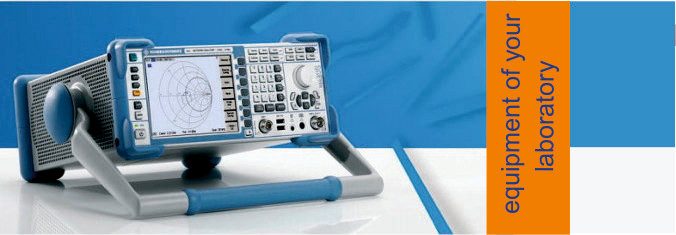Suggested retail price 25.97€ excluding VAT
8.0 DBI TUNED DIRECTIONAL ANTENNA (EU 868)
Directional antennas pick up less noise compared to omnidirectional antennas. This increases the SNR (signal to noise) parameter, and extends the effective range.
The 8.0dBi Optimised Helium Antenna offers +7% forward Power Transmission compared to alternative non optimised VSWR Antenna designs.
- Results in higher coverage and Increased HNT $ revenue.
interline has launched it’s newest addition to our market leading Ultra High Performance Optimised and Tuned Lora Frequency Band Antenna series
The unique 8.0 dBi Tuned Directional Antenna is both directional and has the additional significant advantage that it can be tilted or moved in the Azimuth direction – unlike all other Omni Directional Antennas.
Omni directional Antennas radiate 360 degrees – this unique flat panel Antenna design is radically different in that it takes all of the radiated energy which usually would be transmitted behind and to the side of the Antenna and focuses all of this RF energy into the forward direction only –
in one very wide and high beam – typically 70 degrees in Azimuth and Elevation.
Typical applications:
- Where it’s desired to steer /direct the Radiated beam into a large or difficult to reach target area. This is achieved by utilising the unique feature of this Antenna design of being able to tilt or move in the Antenna utilising it’s tillable and rotatable Antenna Mount (supplied) to focus the large beam exactly in the direction required.
- Ideal for mounting on high up Balconies or Tower Blocks where Antennas are blocked from radiating in the rearwards direction.
- Installations located on the coast where transmission to the antenna rear is not required/desired.
- Installations located immediately in front of large hills or building where rear radiation is blocked and therefore not required.
- The flat panel sector Antenna is small ,lightweight and unobtrusive and white in Colour.
SNR - Signal to noise ratio
Panel antennas, being directional antennas, with the same gain, always have a higher signal-to-noise ratio compared to omnidirectional antennas.
PANEL 868 MHz is carefully designed and construction directional antenna working in the unlicensed in Europe - 863-870MHz band.
Typical applications are monitoring and digital transmission of small amounts of data (up to 50 kbps)
- RFID
- Tunnels, underground passages
- Energy (wind, solar panels),
- Intelligence Home
- Internet of Things
- Irrigation,
- Telemetry,
- RF sensor networks
- tracking people and objects
- geolocation,
- safety of workers.
- Covering a strictly defined area.
-
The antenna housing is grounded, which protects it against electrostatic discharge
(electric charges appearing on the antenna are discharged to the earthing system)
For proper operation, the mast on which the antenna is mounted must be grounded to the existing lightning protection system.
Despite the lack of a device lightning protection, antenna mast or the supporting structure of the antenna must be earthed.
The ground wire should form the shortest and direct path to the earth electrode Outer sheaths of coaxial cables outgoing antenna should be connected to the antenna mast or to the cablewith an equipotential bonding conductor ocross-section not less than 8 mm2 Cu.
For additional safety, install a gas lightning arrester. The assembly instructions are HERE.
Key benefits
- SOLIDNA OBUDOWA
- Odporność na UV
Features
- Low level of side lobes
- Adjustable mounting
- Sector coverage
- Sector optimalization

compliance
electrical
- 860-880
- 8dBi
- 70°
- 60°














